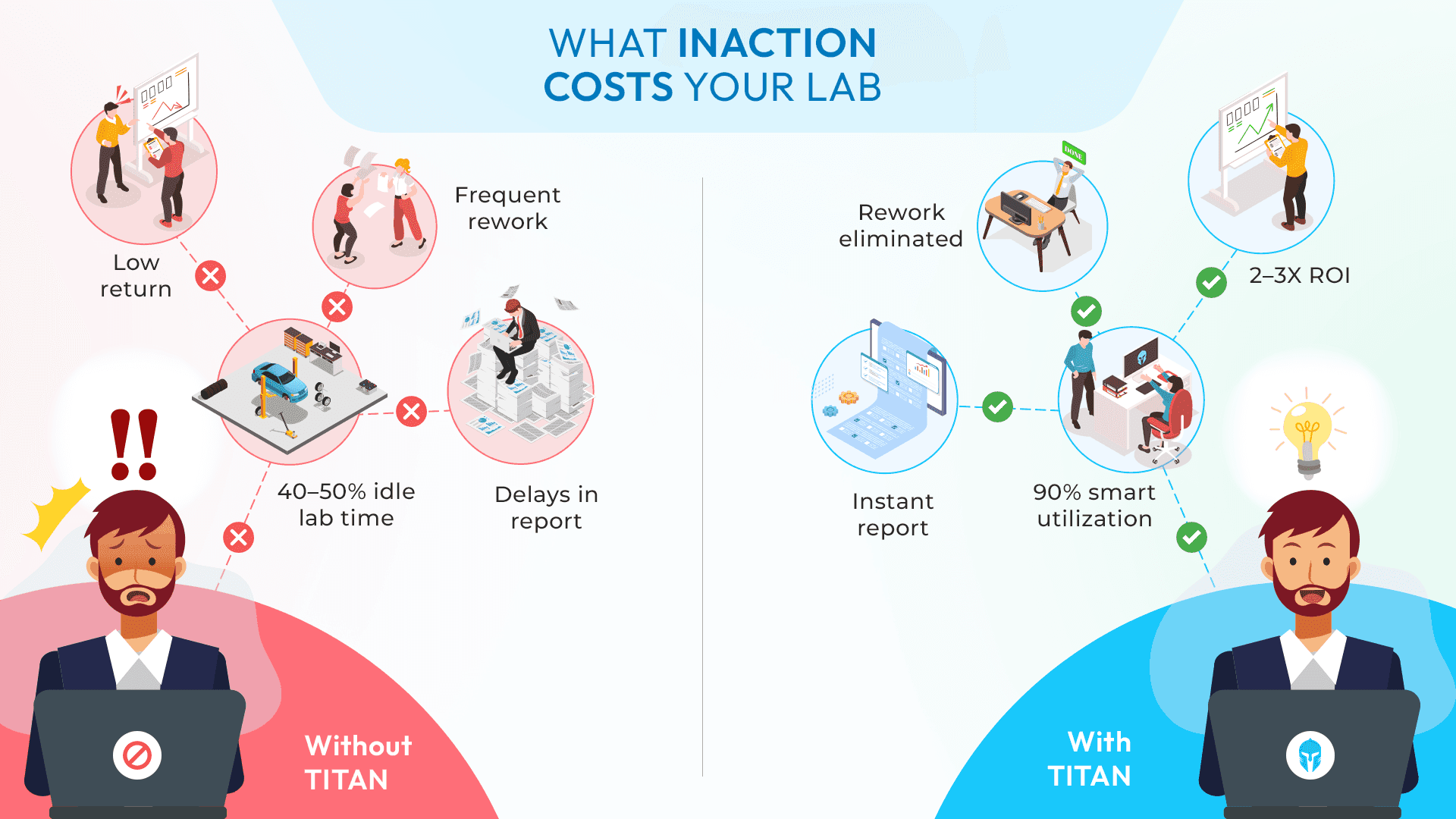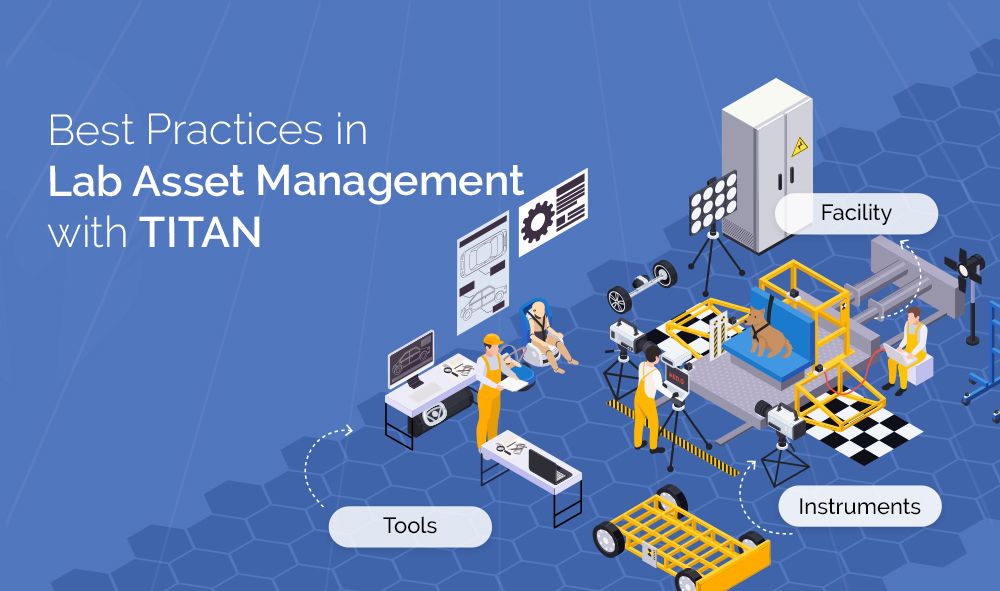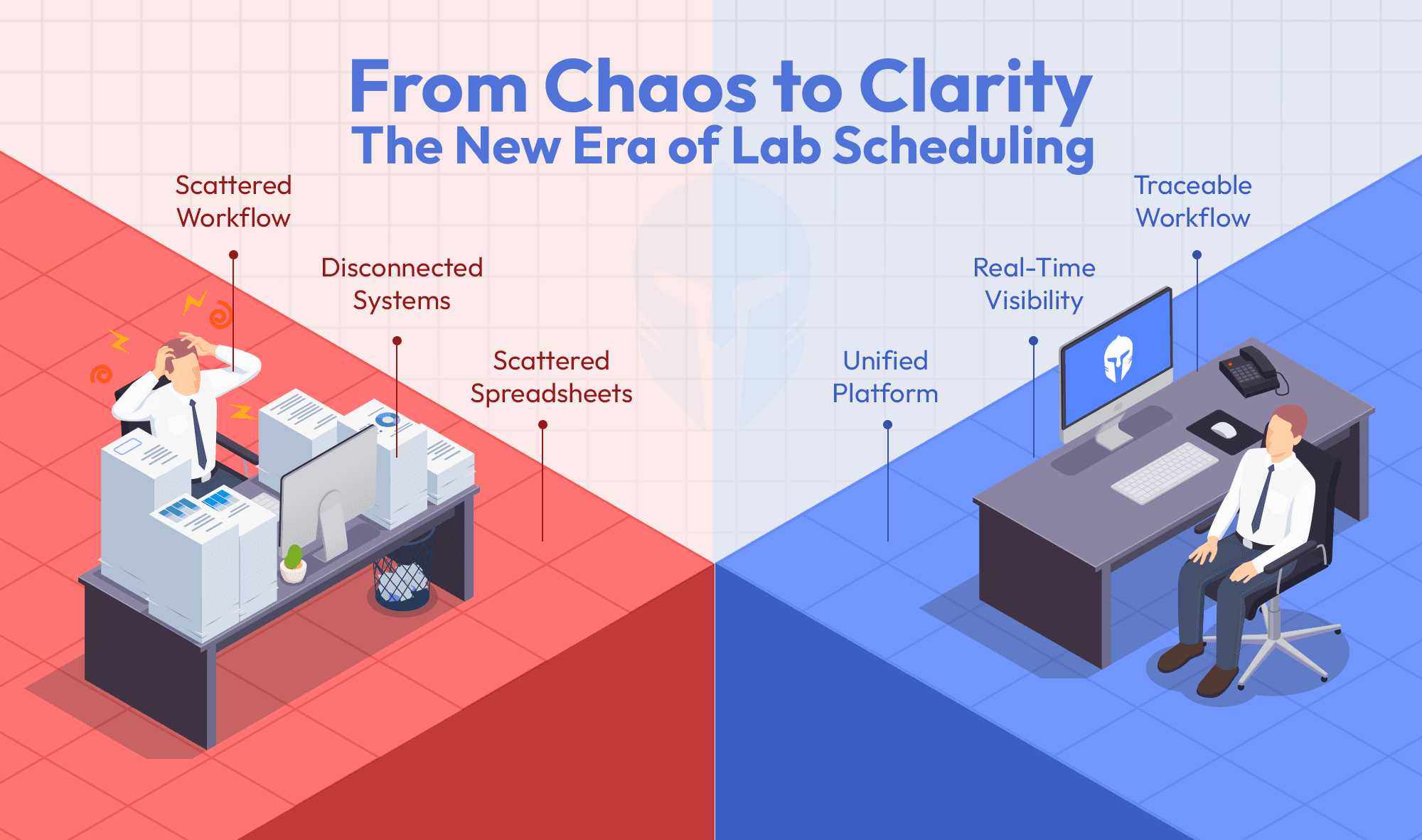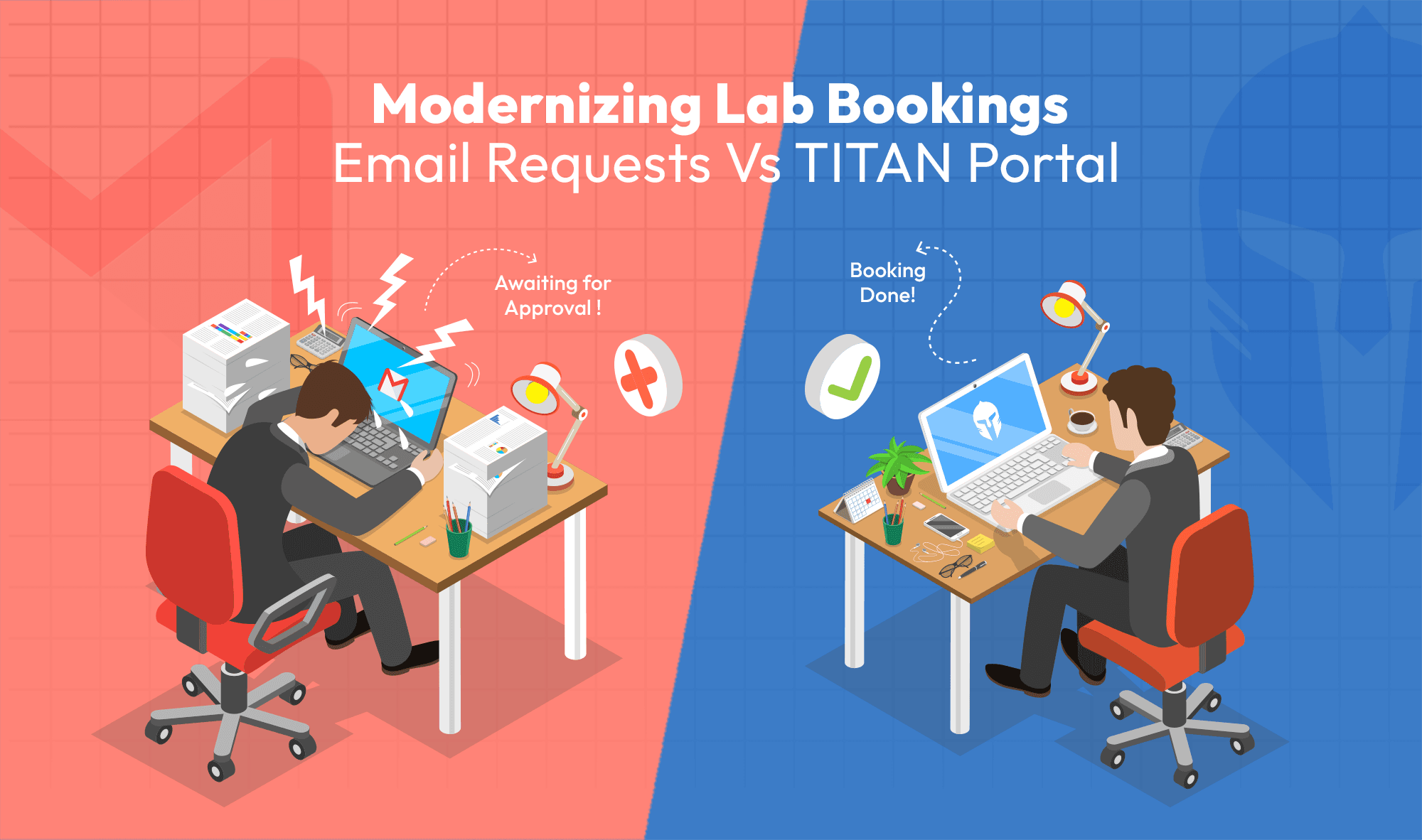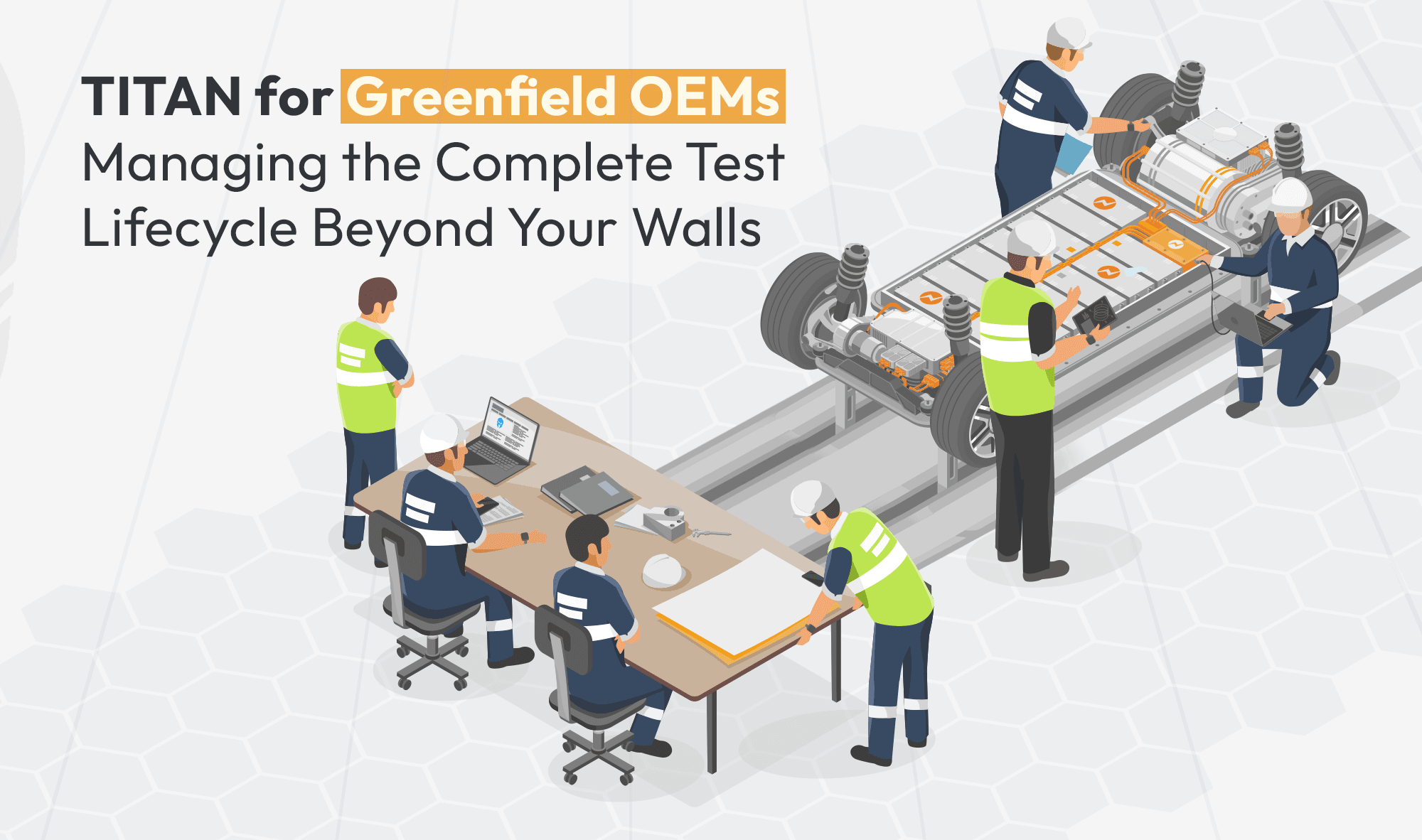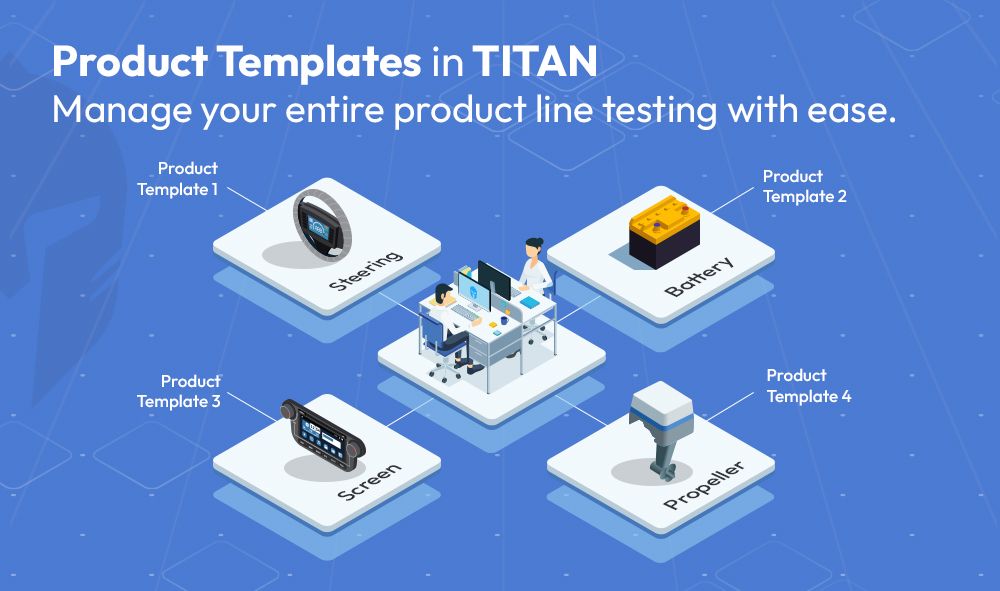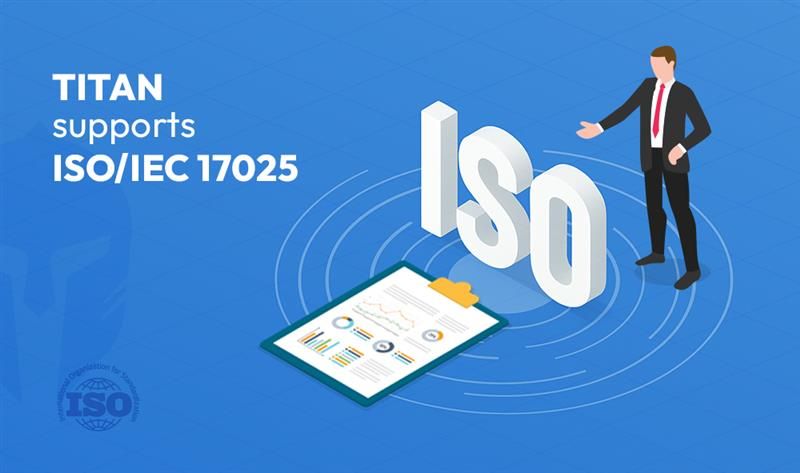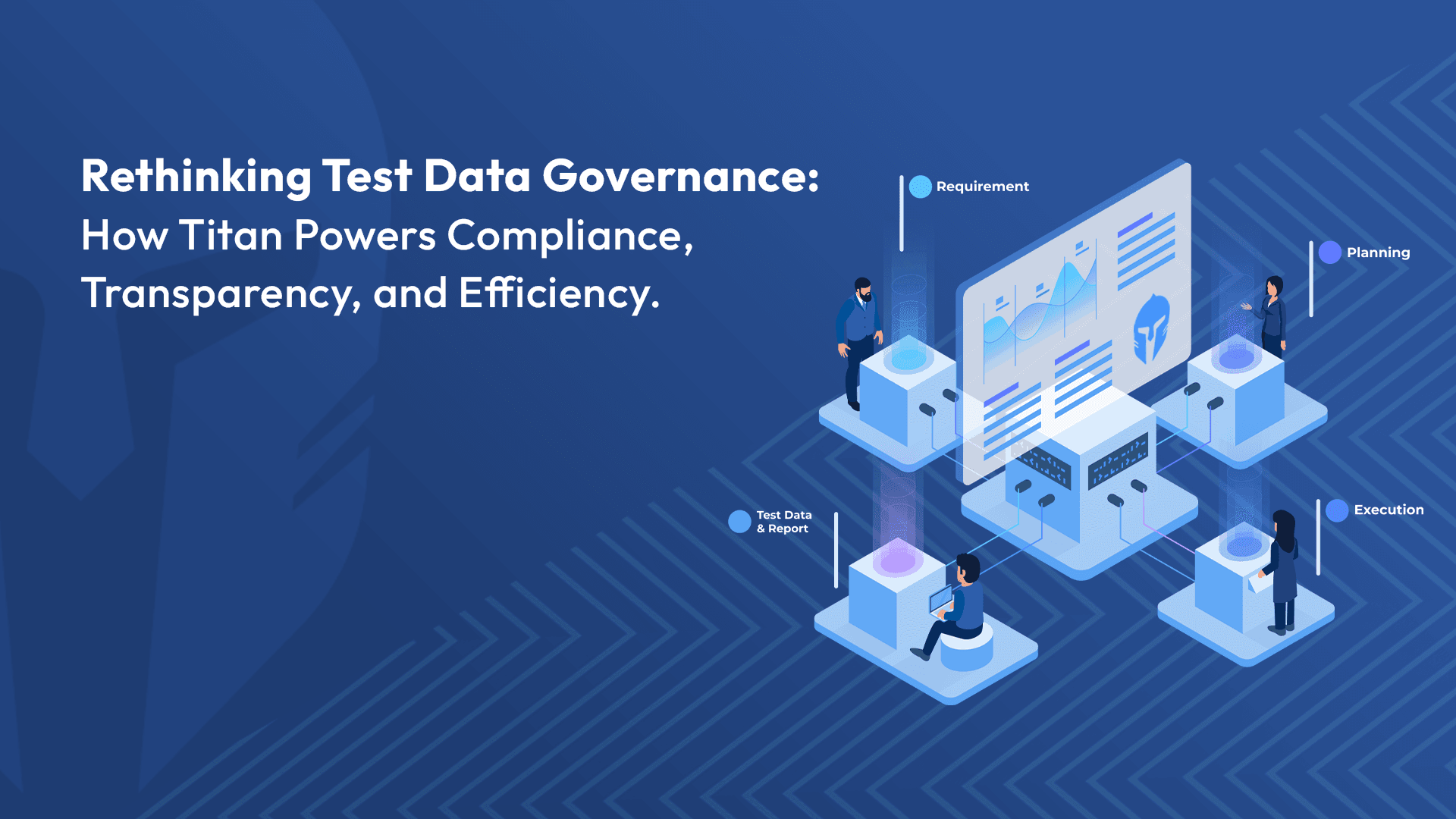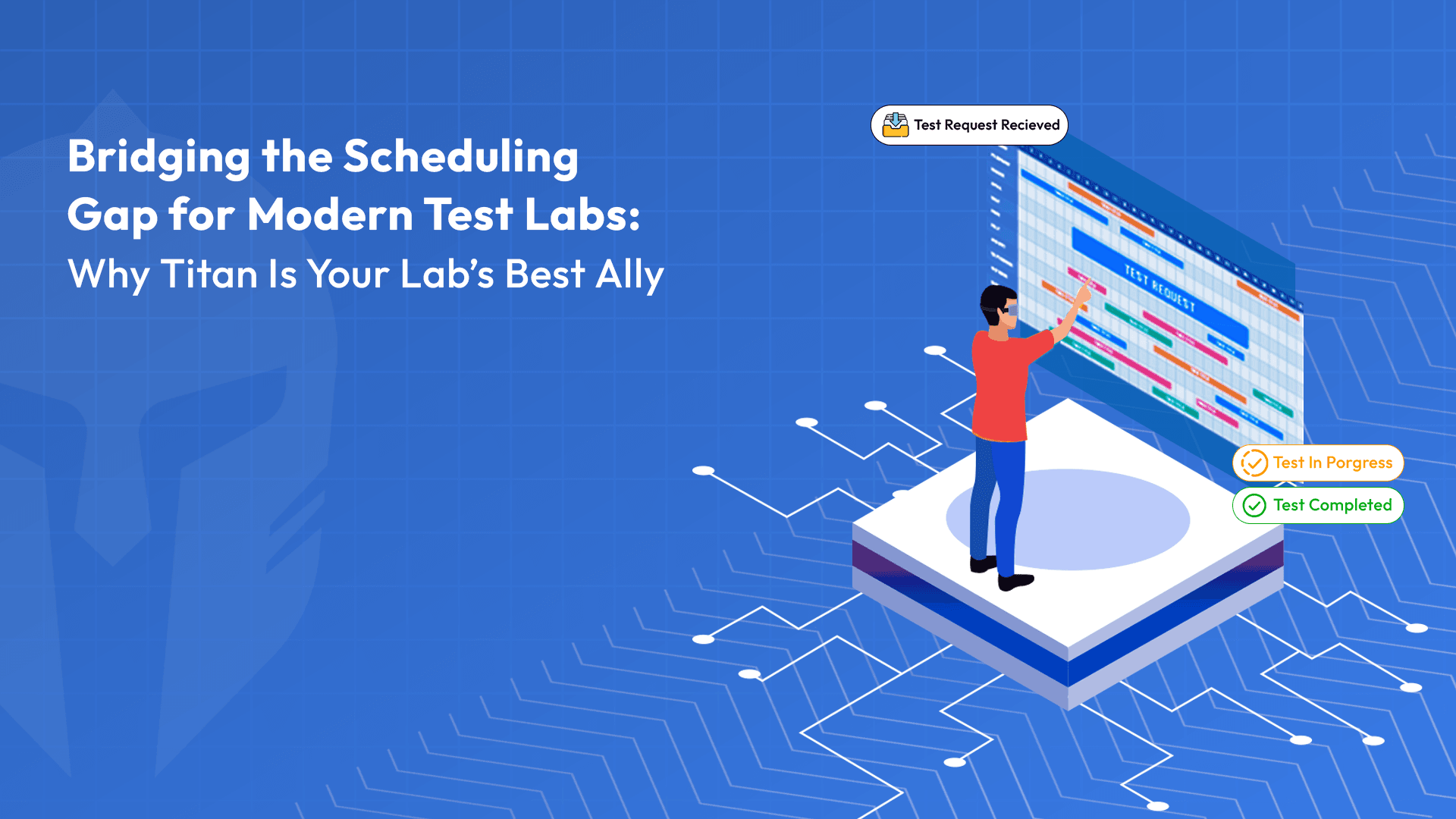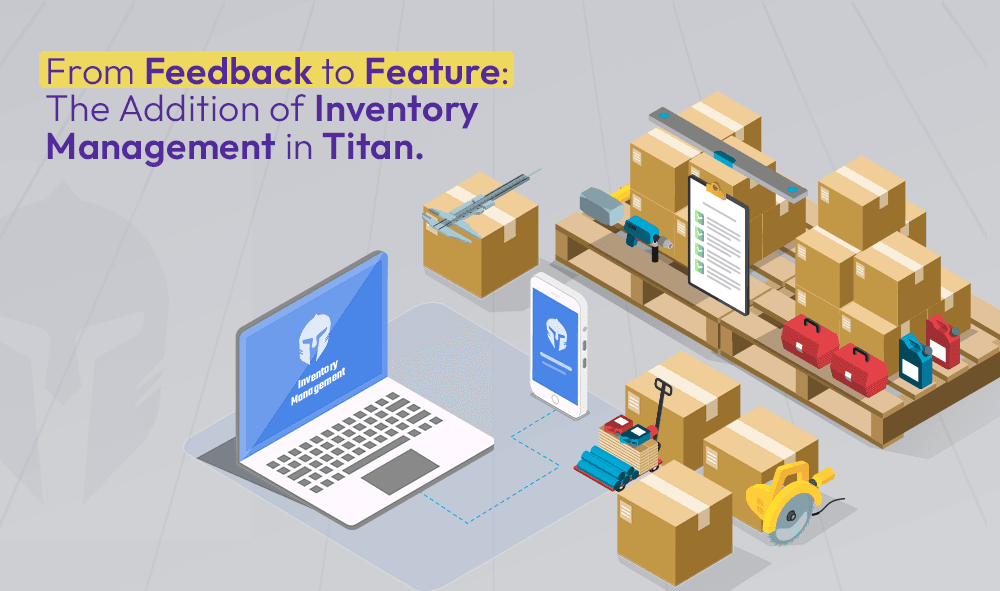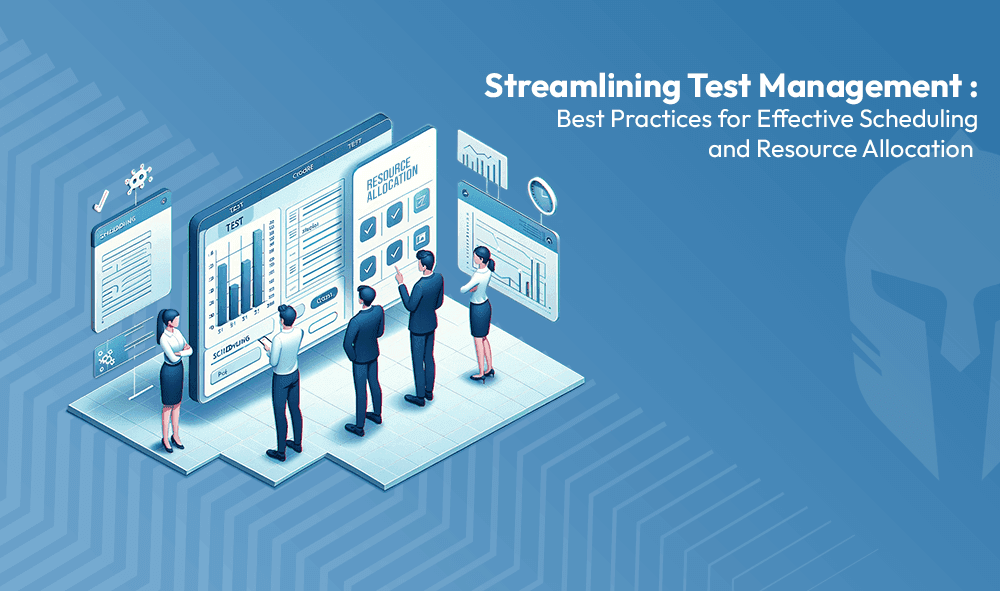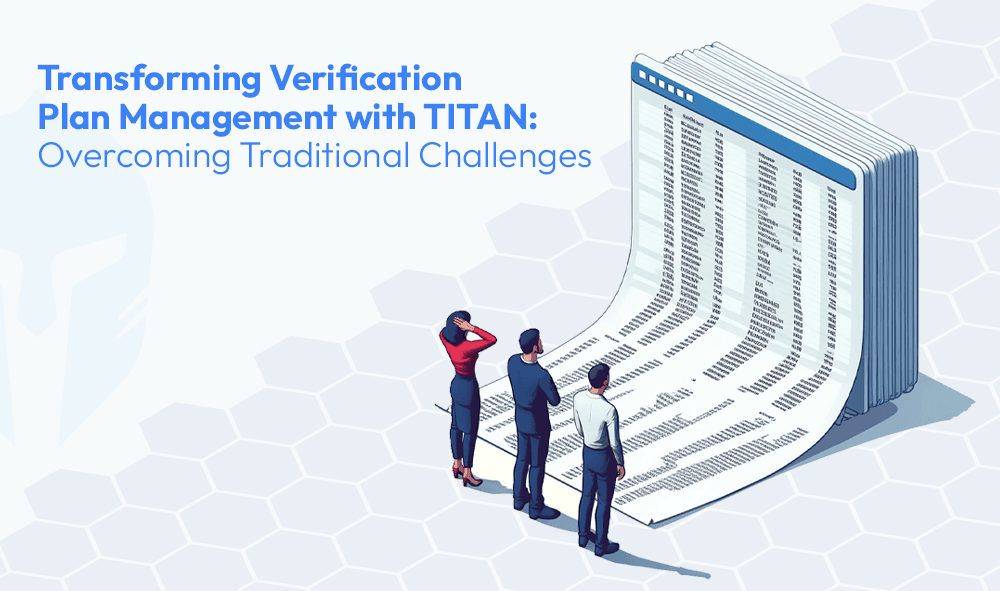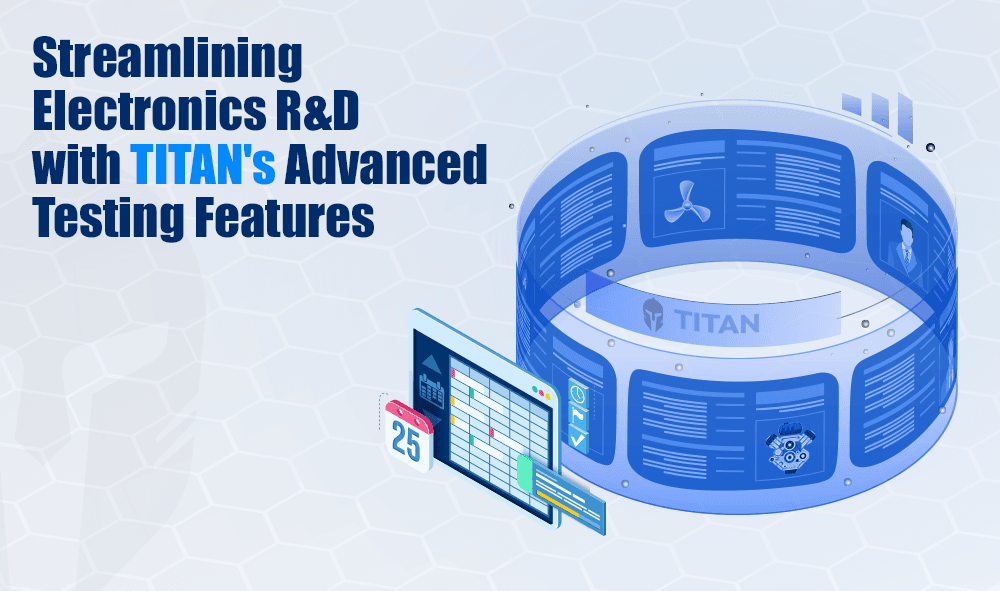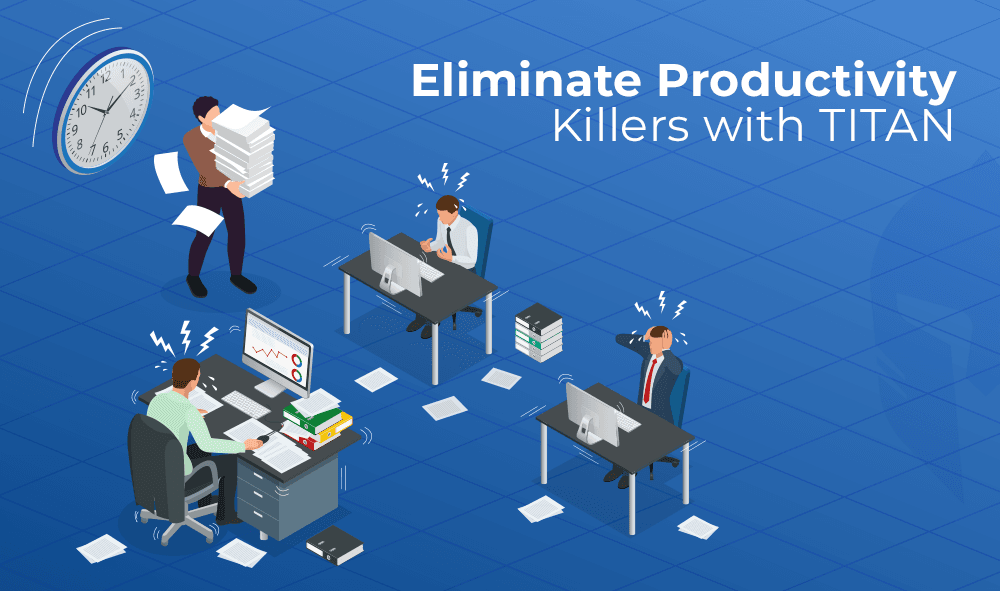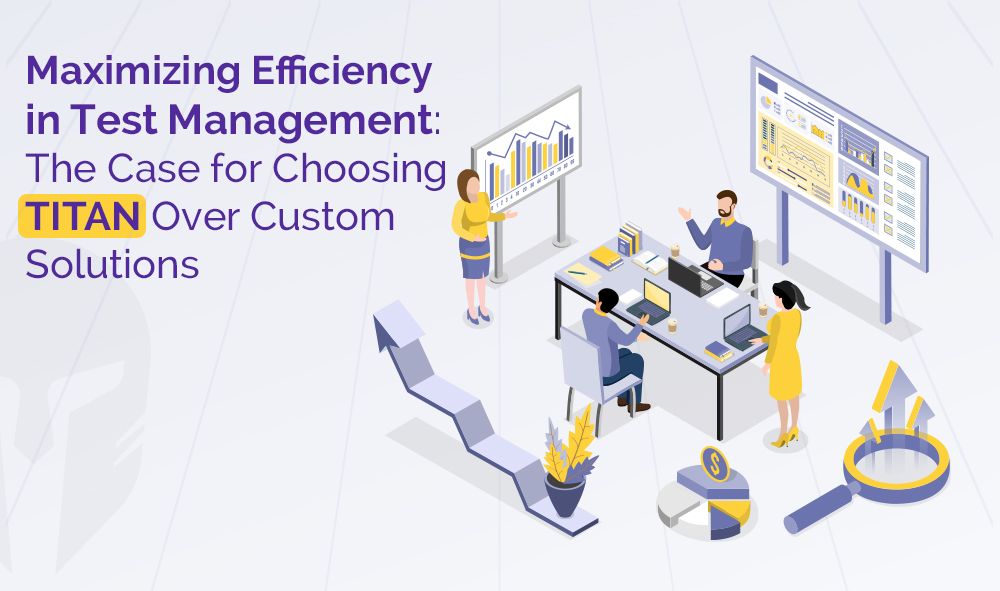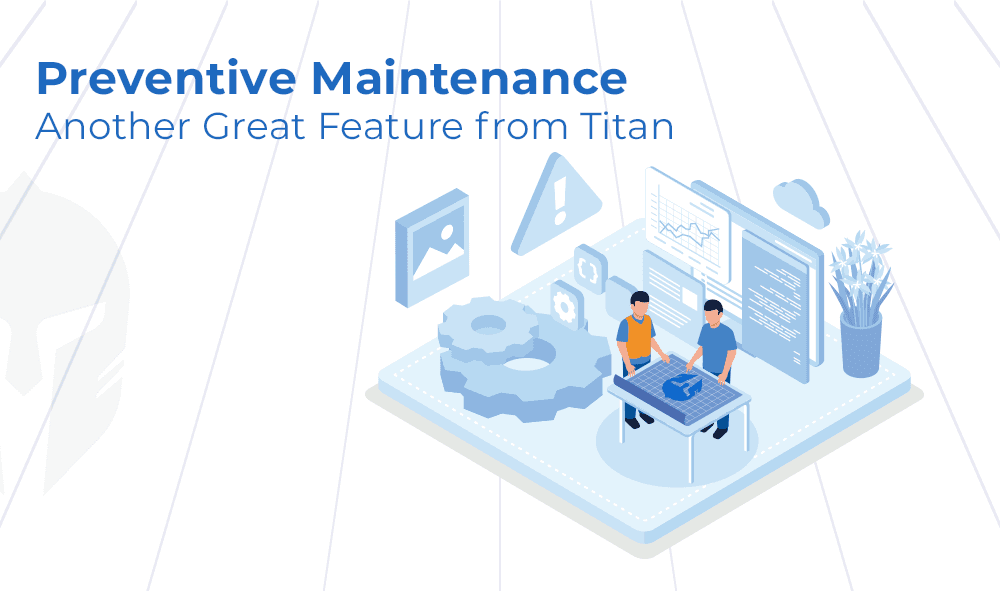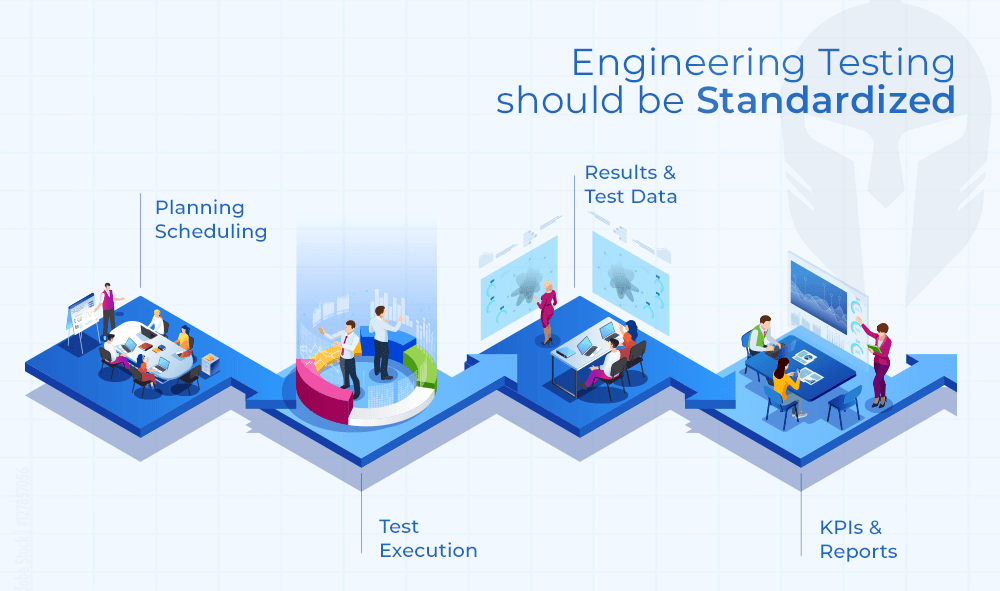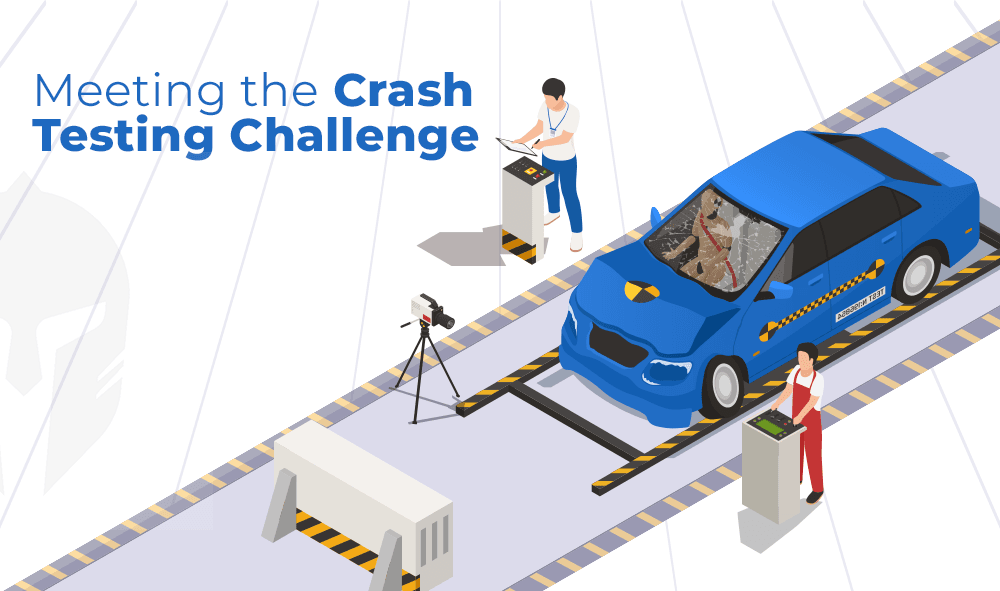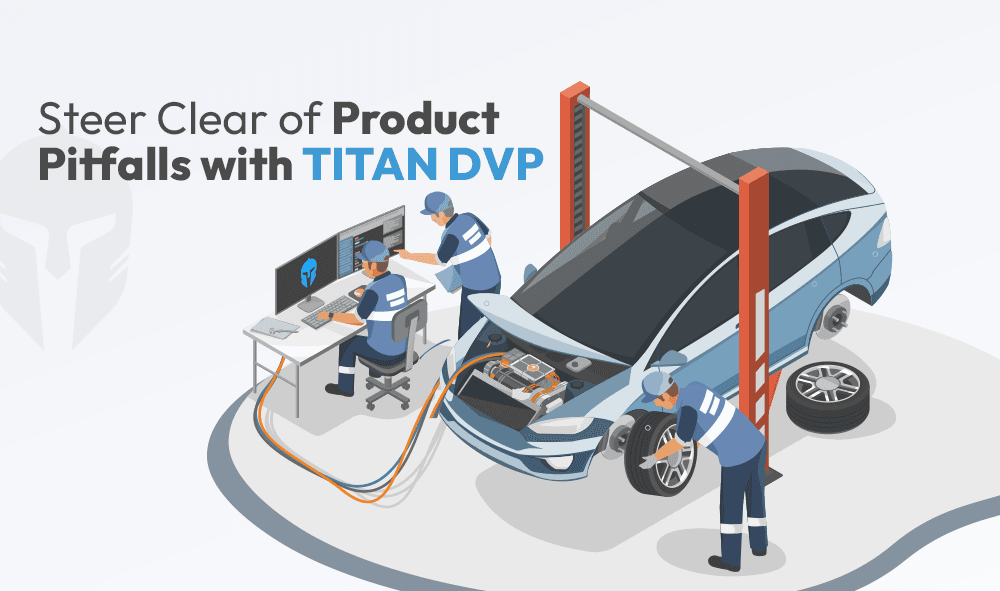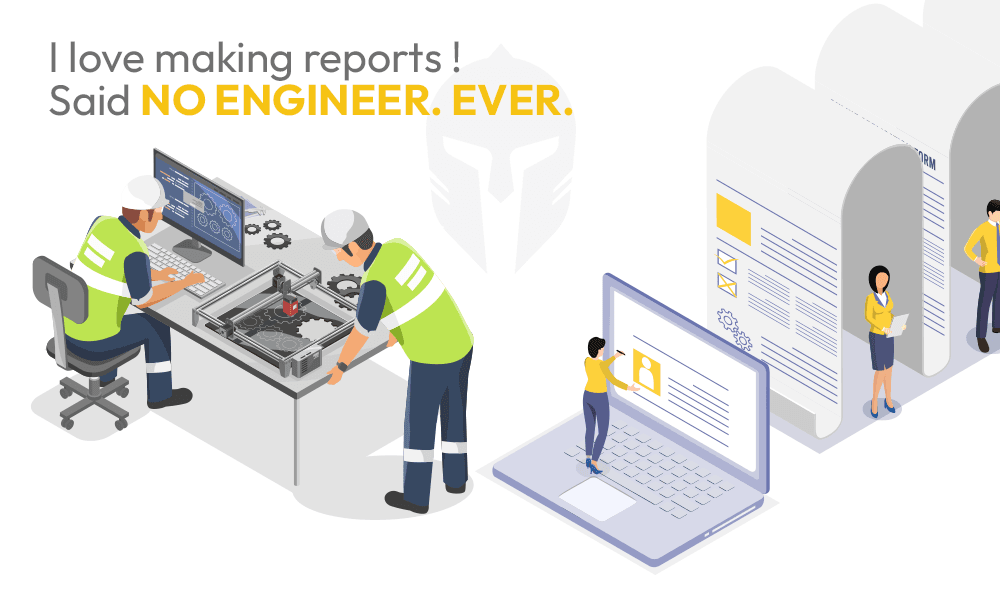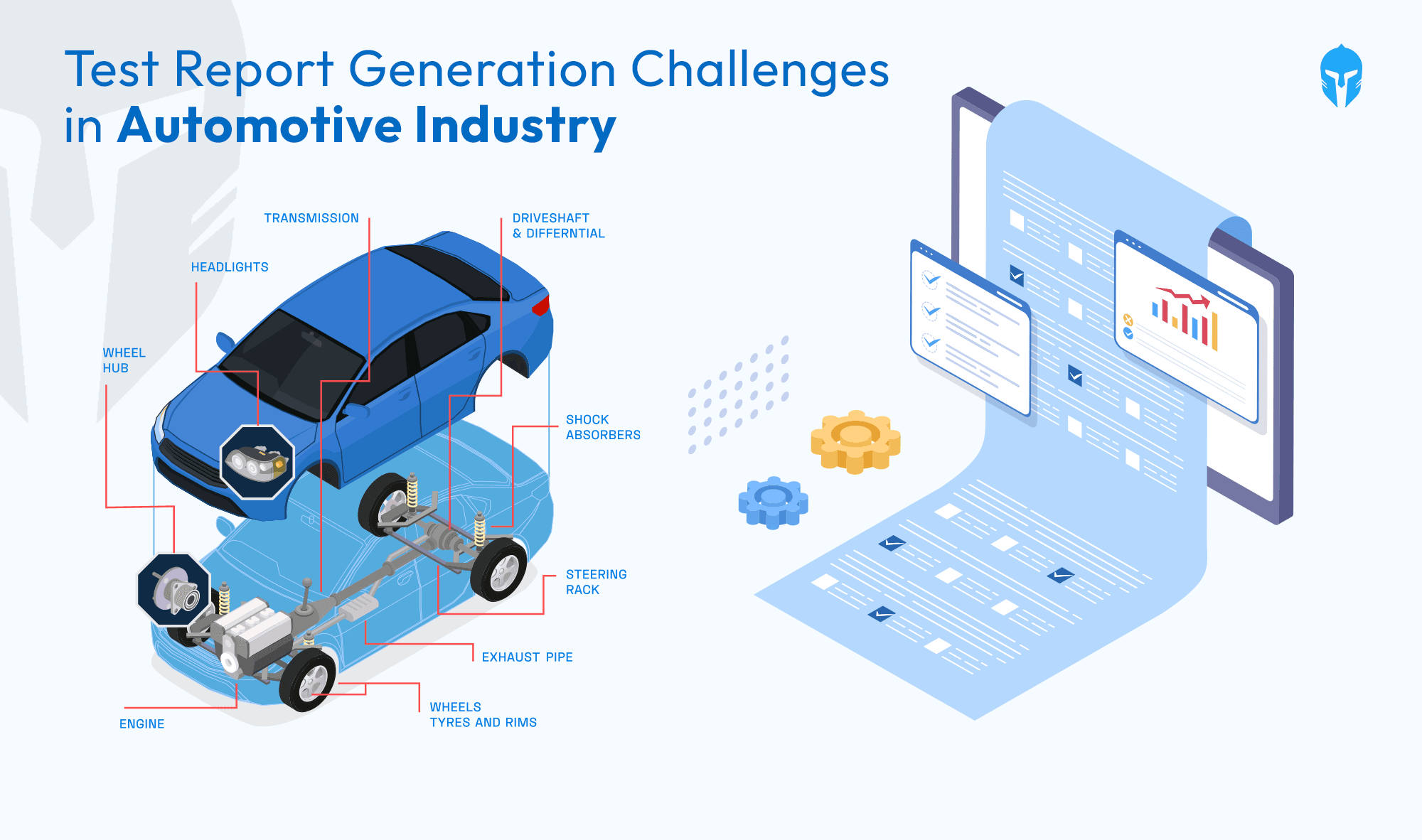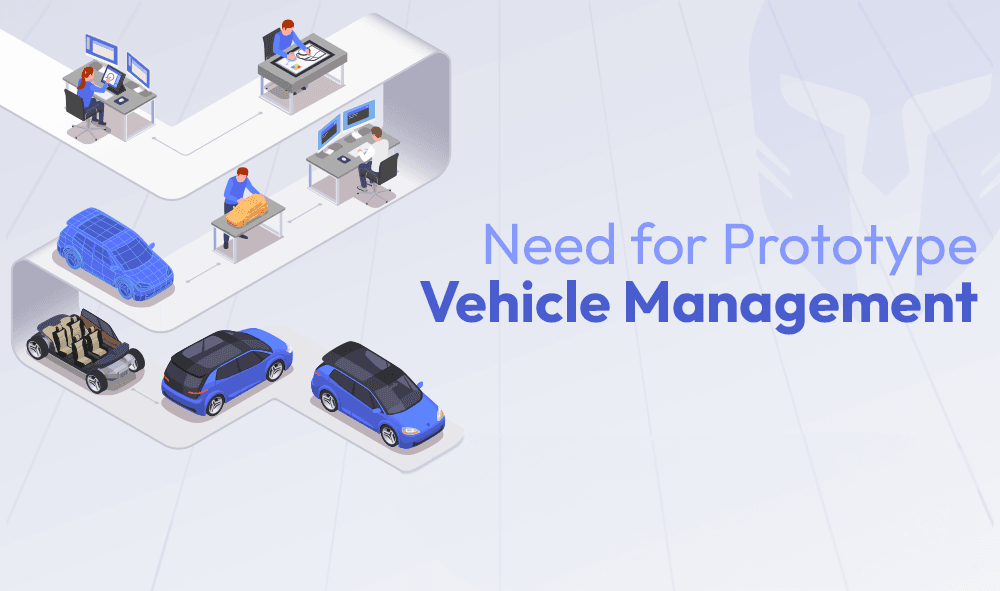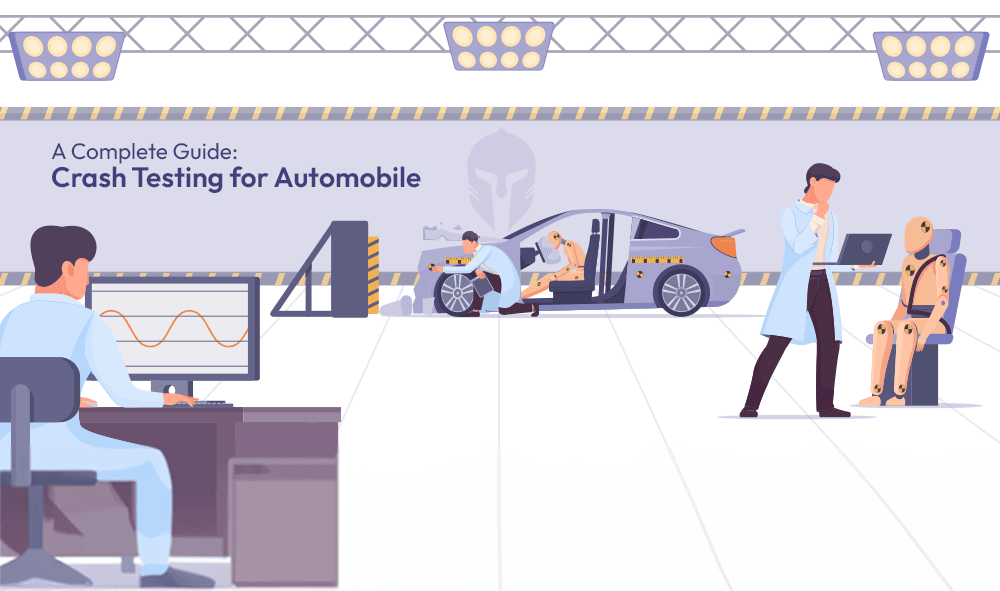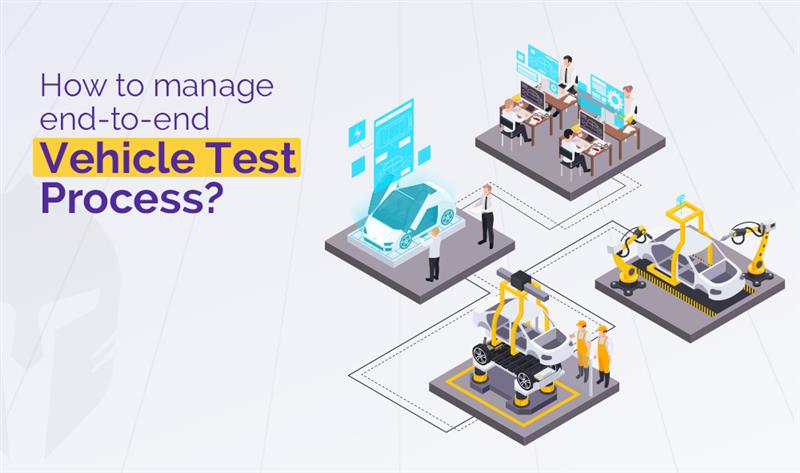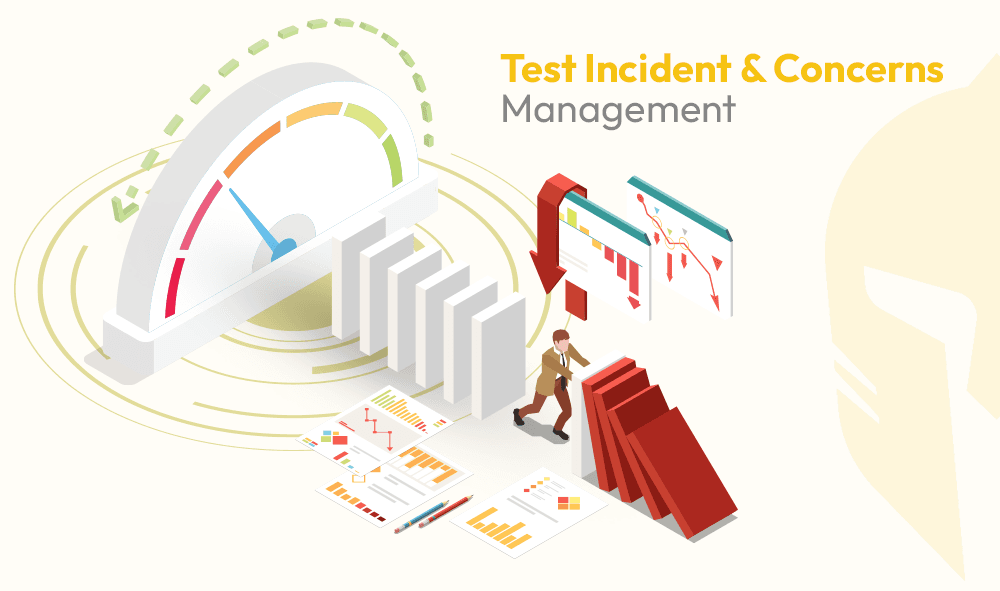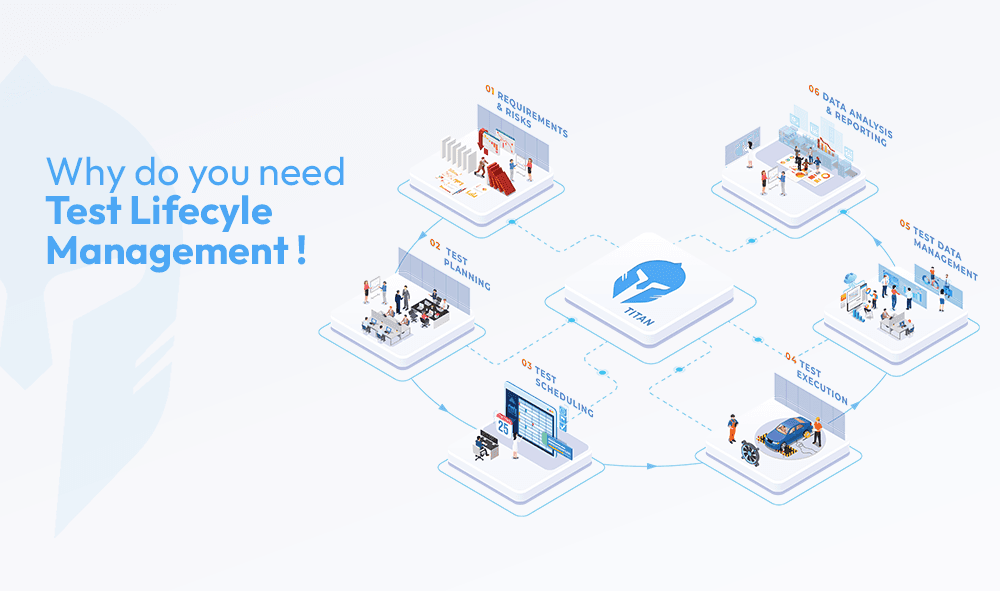Test Lifecycle Management Explained: What Every Engineering Team Needs to Know
Author

Rekha
Product Manager
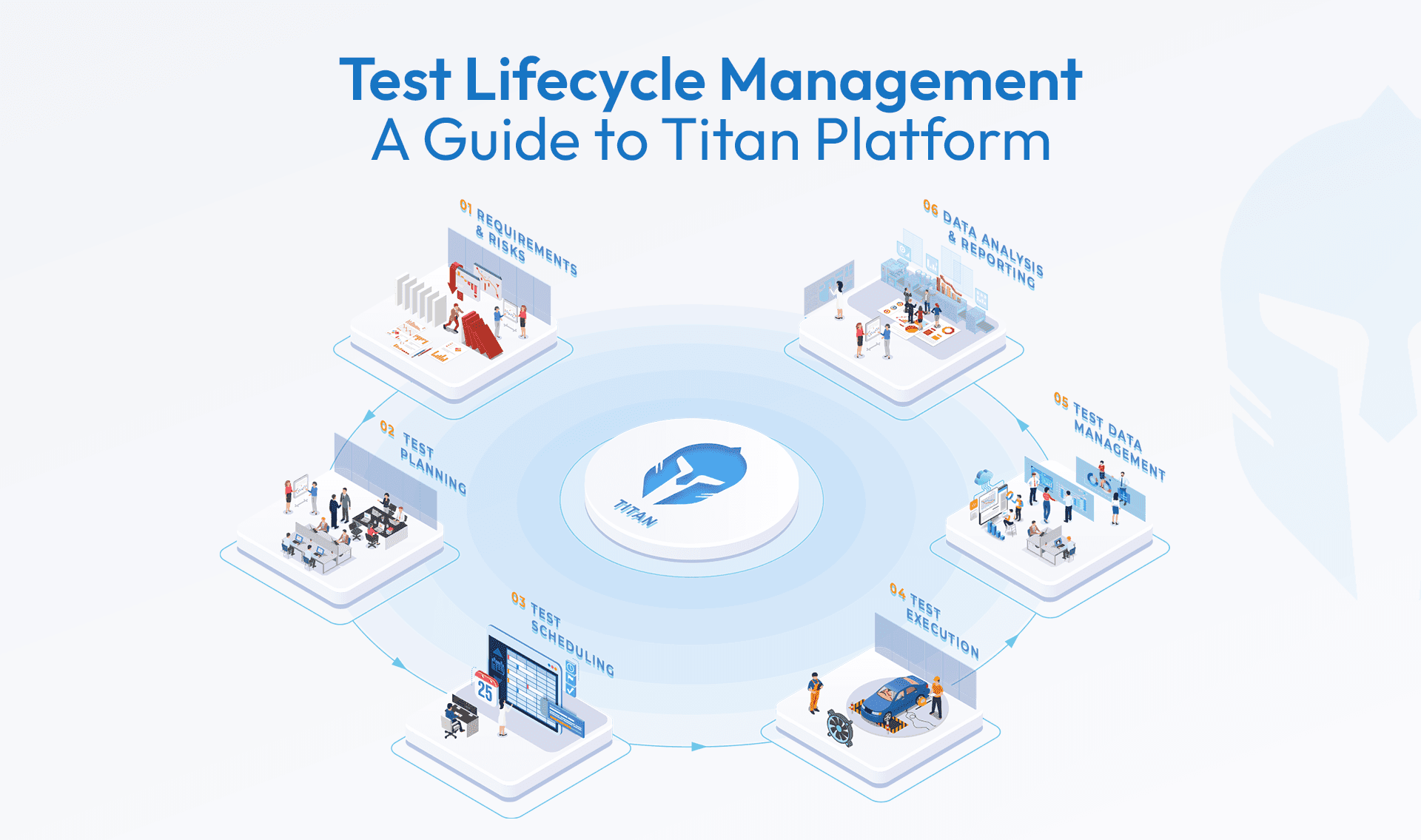
Author

Rekha
Product Manager
Reading Time
4 min read
- What Is Test Lifecycle Management?
- Why Test Lifecycle Management Matters
- Common Challenges Testing Teams Face
- Core Elements of an Effective Test Lifecycle Management System
- Who Benefits from Test Lifecycle Management?
- Impact of Test Lifecycle Management
- How Titan Supports Test Lifecycle Management
- Closing Thought
Test Lifecycle Management Explained: What Every Engineering Team Needs to Know
When it comes to product development, testing is more than a box to check it’s the process that validates safety, performance, and compliance before products reach the market. Yet, for many engineering teams, managing the test lifecycle feels fragmented. Requests come in through emails, spreadsheets live in silos, and lab schedules constantly conflict. The result? Delays, inefficiencies, and missed opportunities to optimize resources.
A structured approach to Test Lifecycle Management (TLM) can transform this picture. Let's explore what TLM is, why it matters, common challenges, and how solutions like Titan can streamline your testing operations.
What Is Test Lifecycle Management?
Test Lifecycle Management (TLM) is the structured process that oversees every phase of testing, from the initial request to planning, scheduling, and resource optimization. It includes arranging samples or prototypes, executing tests, capturing data, generating reports, tracking KPIs, and closing the loop.
With TLM, engineering and testing teams can:
- Trace every test request.
- Optimize resources like equipment and technicians.
- Centralize test data and documentation.
- Meet compliance requirements with ease.
Think of TLM as the operating system for your testing activities, one unified environment that connects people, processes, equipment, and data.
Why Test Lifecycle Management Matters
Testing teams are at the core of product innovation. Their ability to deliver accurate, compliant, and timely results directly impacts product launches. Without a structured TLM system, organizations face:
- Growing complexity: New technologies and product variants increase test volume.
- Compliance pressure: Regulatory standards demand accurate and traceable documentation.
- Global coordination: Distributed teams and suppliers require unified workflows.
Without effective management, teams firefight last-minute requests, duplicate efforts, and waste weeks preparing audit-ready reports.
Common Challenges Testing Teams Face
- Resource Conflicts: Equipment and technicians are double-booked.
- Scattered Data: Reports, images, and test logs live in disconnected systems.
- Compliance Gaps: Audit documentation takes days instead of minutes.
- Limited Visibility: Managers lack insights into lab utilization and bottlenecks.
- Disconnected Workflows: Planning, execution, and reporting happen in silos.
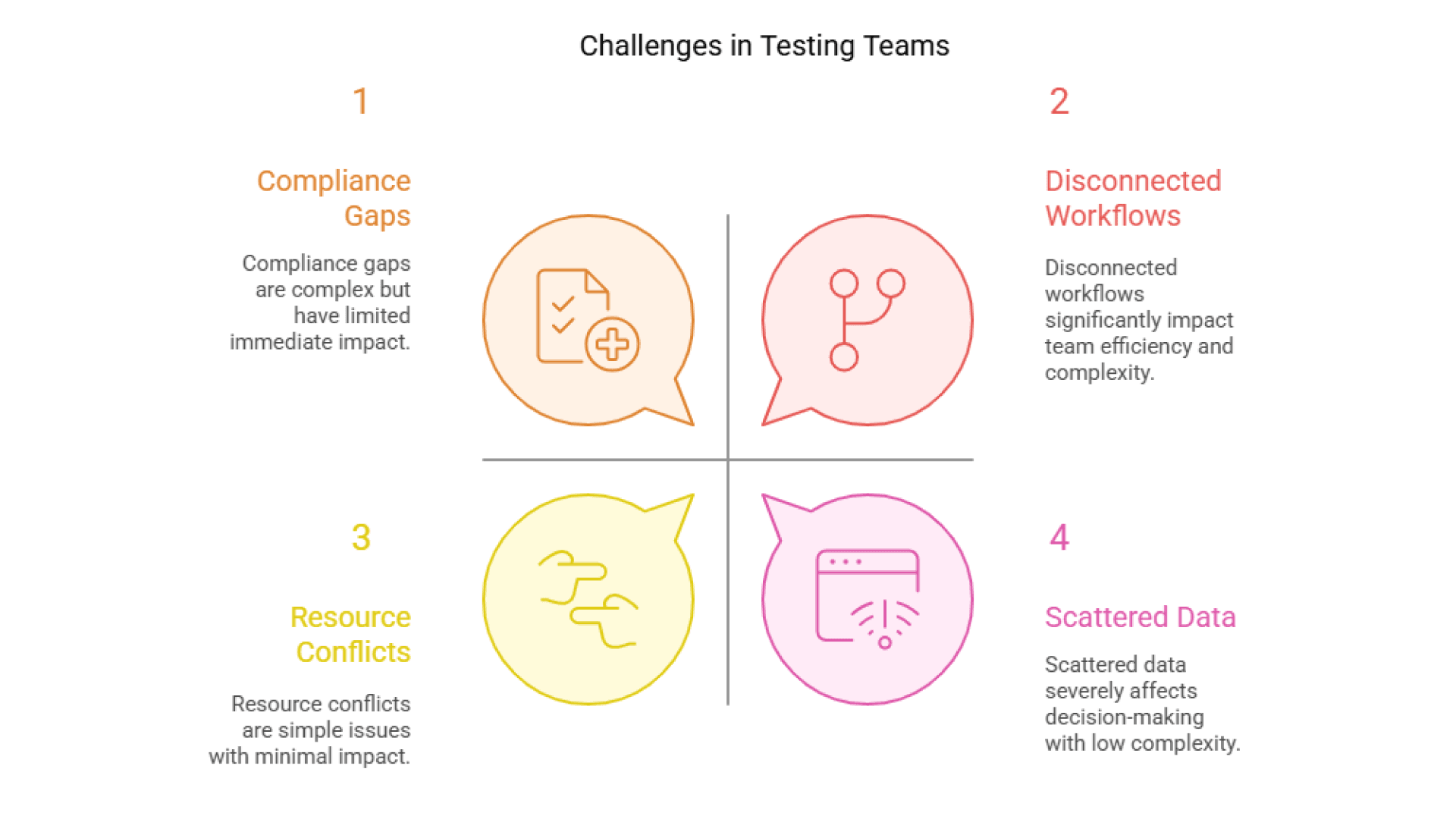
Core Elements of an Effective Test Lifecycle Management System
A modern Test Lifecycle Management platform should include:
- Unified Scheduling & Resource Planning: Shared calendars for equipment, labs, and technicians.
- Centralized Test Data Management: A single, searchable repository for all test results and files.
- Preventive Maintenance & Equipment Readiness: Ensures rigs, chambers, and assets are test-ready.
- Automated Reporting for Compliance: Generates audit-ready reports instantly.
- Role-Based Workflows: Customized access for requestors, lab staff, and managers.
Who Benefits from Test Lifecycle Management?
Test Lifecycle Management (TLM) delivers value across industries, organizations, and individual roles. Whether you’re running a global test program or managing day-to-day lab activities, TLM provides clarity, efficiency, and confidence.
Industries
TLM is adaptable to a wide range of sectors where physical testing and validation are critical, including:
- Automotive – from prototype validation to production readiness
- Aerospace & Aviation – flight-critical components, certification workflows
- Marine – safety, durability, and compliance testing for watercraft
- Railways – system validation and reliability testing
- Semiconductors – functional, reliability, and quality testing
- Consumer Products – performance, durability, and safety validation
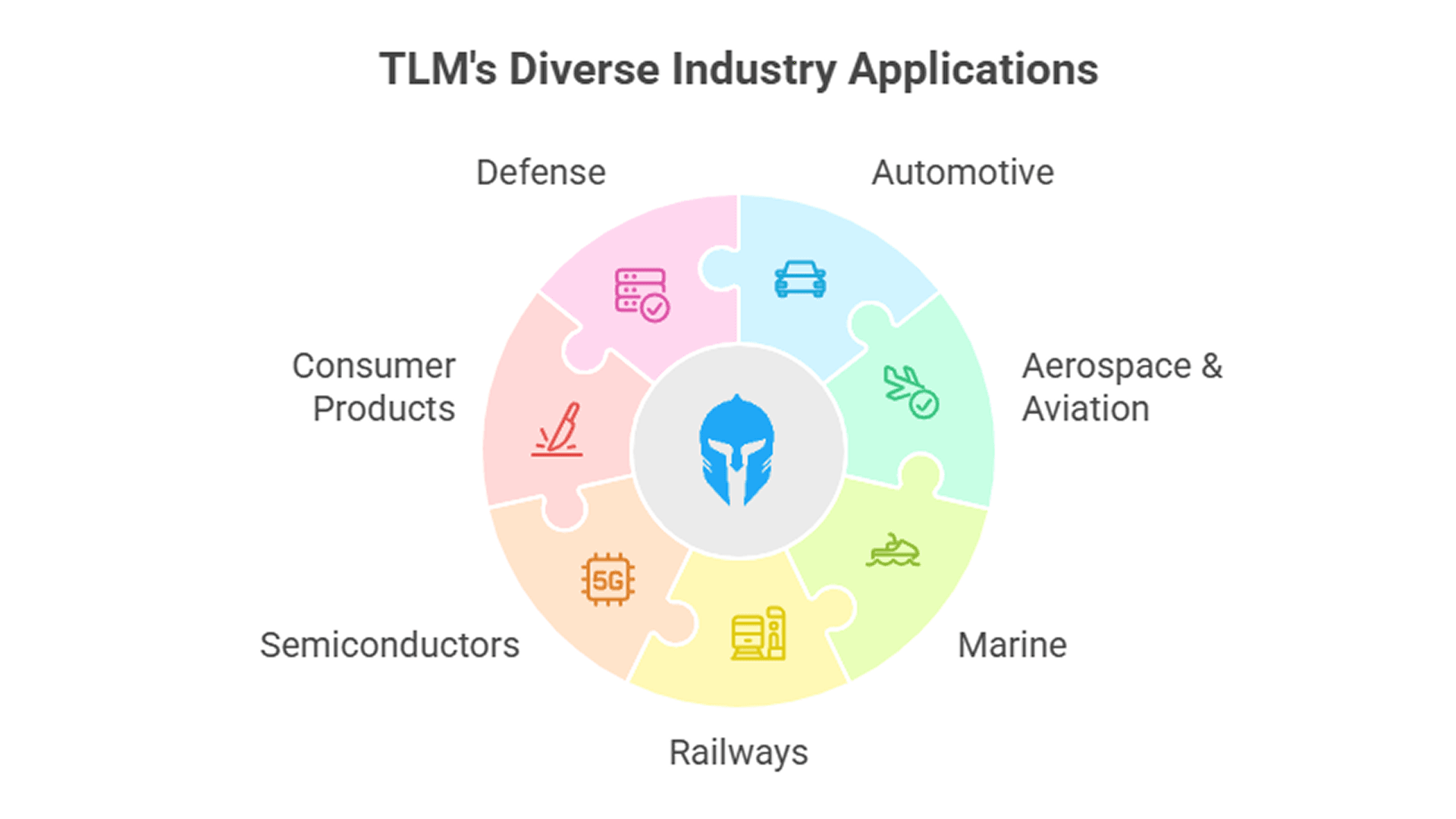
Types of Companies
TLM brings order to both large-scale and specialized testing environments, such as:
- OEMs (Original Equipment Manufacturers) – managing full in-house validation programs
- Greenfield OEMs – coordinating outsourced testing with external partners and labs
- Suppliers – streamlining component and subsystem testing across multiple product lines
- Proving Grounds – managing vehicle and system tests at large outdoor facilities
- Independent Testing Facilities – serving multiple clients or industries with traceable workflows
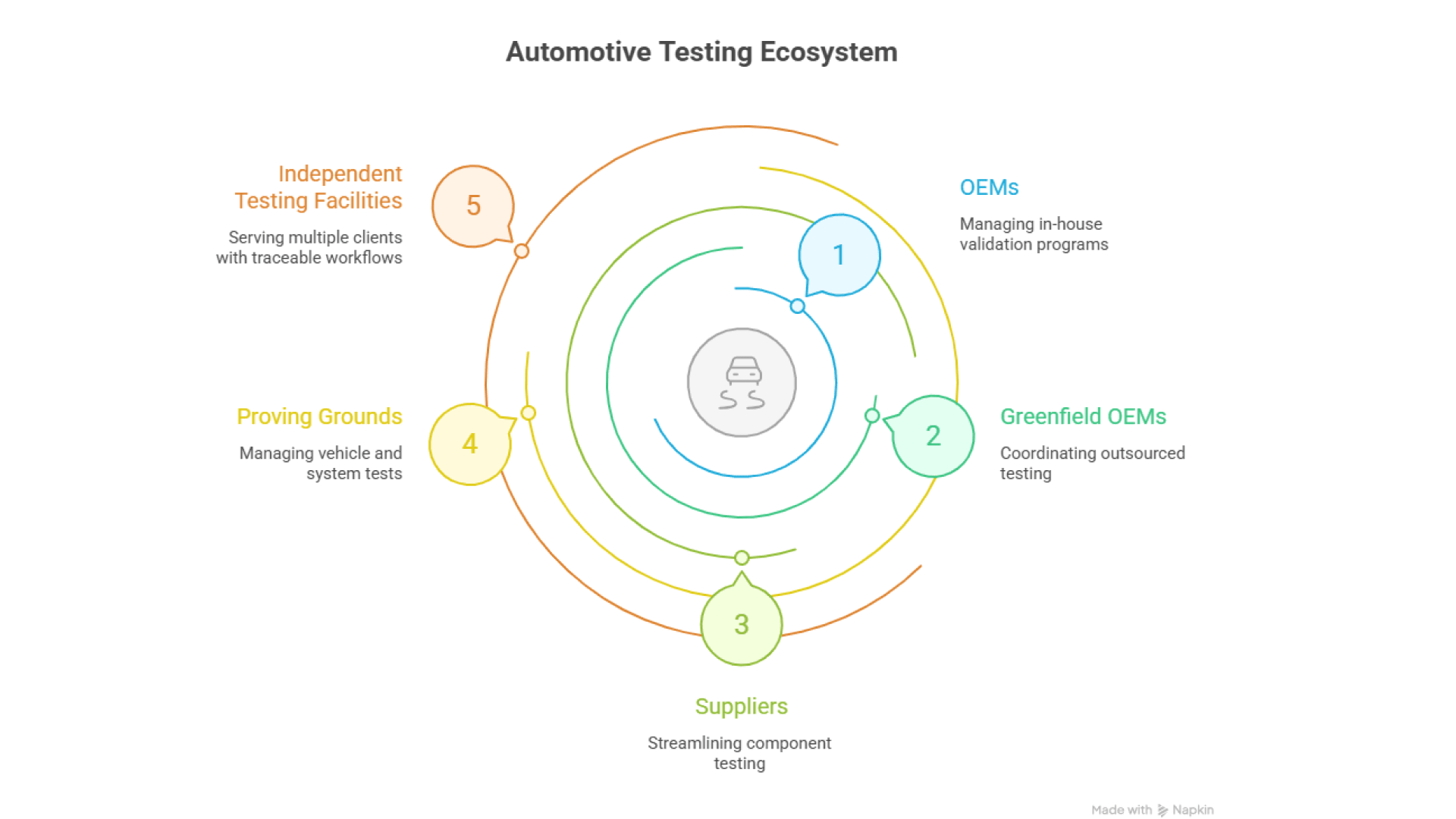
Roles & Profiles
Every professional involved in the testing lifecycle benefits from the structure and visibility TLM provides:
- Engineers – focus more on analysis and less on manual data handling
- Technicians & Lab Staff – avoid scheduling conflicts and ensure assets are ready for use
- Lab Managers – allocate resources efficiently and monitor lab performance
- Project Managers – gain visibility into test progress and dependencies
- Quality & Compliance Officers – access audit-ready reports with full traceability
- Executives & Management – track KPIs, throughput, and costs for strategic decision-making
- Suppliers & External Partners – collaborate seamlessly with controlled access to workflows and data
Impact of Test Lifecycle Management
Implementing a structured Test Lifecycle Management (TLM) system delivers measurable advantages for engineering and testing organizations:
- Faster turnaround for test programs – streamline prototype validation, test execution, and reporting with a centralized platform, often reducing program timelines by 20–30%.
- Standardized testing processes across teams and labs – ensure consistent workflows, reusable test methods, and digital checklists for higher accuracy, leading to a 15–25% reduction in rework and errors.
- Real-time visibility into testing schedules and workloads – give managers and lab staff clarity on equipment availability, technician assignments, and project timelines, improving scheduling efficiency by up to 40%.
- Higher utilization of test resources – optimize chambers, rigs, and lab capacity to improve throughput and reduce downtime, helping labs achieve 10–20% more test throughput with existing resources.
- Audit-ready compliance with traceable test documentation – simplify regulatory reporting with automated records, cutting audit preparation time from weeks to hours.

Impact of Test Lifecycle Management
Implementing a structured Test Lifecycle Management (TLM) system delivers measurable advantages for engineering and testing organizations:
- Faster turnaround for test programs – streamline prototype validation, test execution, and reporting with a centralized platform, often reducing program timelines by 20–30%.
- Standardized testing processes across teams and labs – ensure consistent workflows, reusable test methods, and digital checklists for higher accuracy, leading to a 15–25% reduction in rework and errors.
- Real-time visibility into testing schedules and workloads – give managers and lab staff clarity on equipment availability, technician assignments, and project timelines, improving scheduling efficiency by up to 40%.
- Higher utilization of test resources – optimize chambers, rigs, and lab capacity to improve throughput and reduce downtime, helping labs achieve 10–20% more test throughput with existing resources.
- Audit-ready compliance with traceable test documentation – simplify regulatory reporting with automated records, cutting audit preparation time from weeks to hours.
How Titan Supports Test Lifecycle Management
Titan, by 12th Wonder, is designed to be the all-in-one platform for Test Lifecycle Management. Unlike spreadsheets or disconnected tools, Titan provides:
- Configurable workflows aligned with your process.
- Centralized tracking of equipment, samples, and maintenance.
- Full traceability of test data and reports.
- Automated, compliance-ready reporting.
- Real-time visibility into lab throughput and resource utilization.
- Titan replaces fragmented systems with a single-source environment that gives testing teams clarity, control, and confidence.
Closing Thought
As products become more complex, effective Test Lifecycle Management is no longer optional, it's essential for staying on schedule, meeting compliance, and making the best use of testing resources.
Titan is the complete system to run your testing operations end-to-end.
Test Brilliantly with Titan.
Connect with us today.
